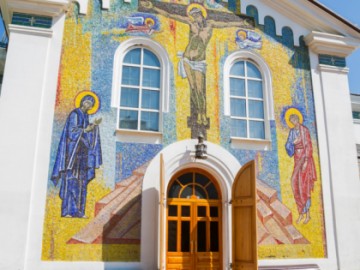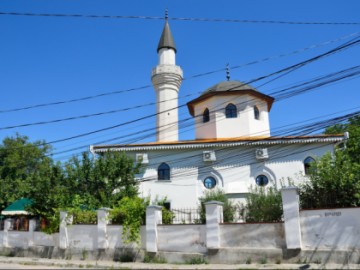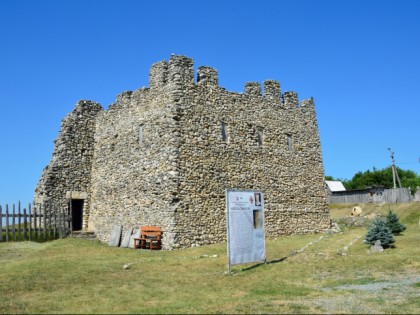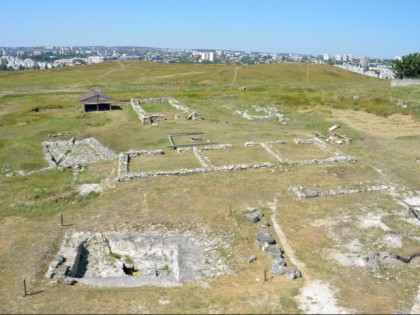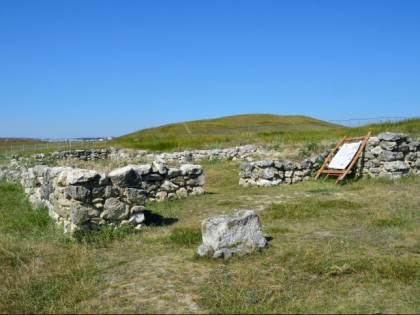Scythian Neapolis: Unique Evidence of the Life of an Ancient City
The ruins of an ancient city, Scythian Neapolis, the capital of the Scythian state in the III century B.C., can be viewed on one of the hills of modern Simferopol, surrounded by urban houses and located four kilometers from the railway station. The Scythian Neapolis was mentioned in the "Geography" of the ancient Greek historian Strabo. It is known that Neapolis flourished in the 2nd century B.C., and in the 3rd century AD it was destroyed by the Goths. The following "dark ages" and the change of dynasties and religions almost erased the memory of the city, but local residents always knew that one could profit by ancient stone slabs in Kermenchik (the name of a Tatar village that arose here).
Scientists paid attention to the Scythian Neapolis as late as in 1827. And then only, as is often the case, by chance: once a Tatar collector of antiquities saw a cart, driving from the stone quarry and loaded with slabs with typical images of horsemen and inscriptions in Greek. During the excavations, which started in the same year, coins of different periods and states, and bas-reliefs with images of kings were found. Historians have studied the inscriptions on the slabs and figured out that the legendary Scythian king Skilurus with his son Palakus was depicted on them. Over the past 190 years, archaeologists have explored and discovered only a small part of the vast ancient Scythian Neapolis. The most valuable find is an imperial mausoleum with completely preserved burials. Total of 72 burials were uncovered, with arms, gold ornaments, skeletons of people and horses, which the Scythians had been burying together with their masters. Today, there is a Historical and Archaeological Reserve in the territory of the Scythian Neapolis. In the open-air museum you can see the mausoleum of Skilurus, sheltered by a protective pavilion, as well as reconstructed buildings. Unique finds appear in the exposition every year, as digs are carried out continuously. There are excursions organized in the museum.










